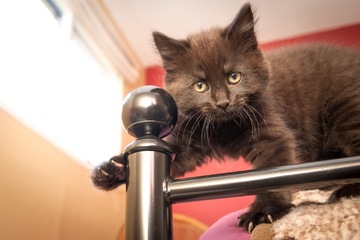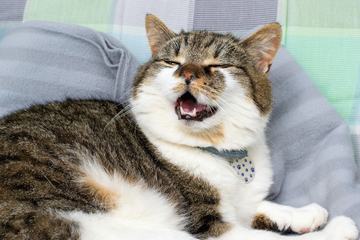Why don't cats like to be petted backwards?
If there's one thing that our beloved little four-pawed friends love, it's being petted. Yet, they don't always get to enjoy these cuddling sessions to the fullest extent and, instead, lash out suddenly when being petted backwards. Why?
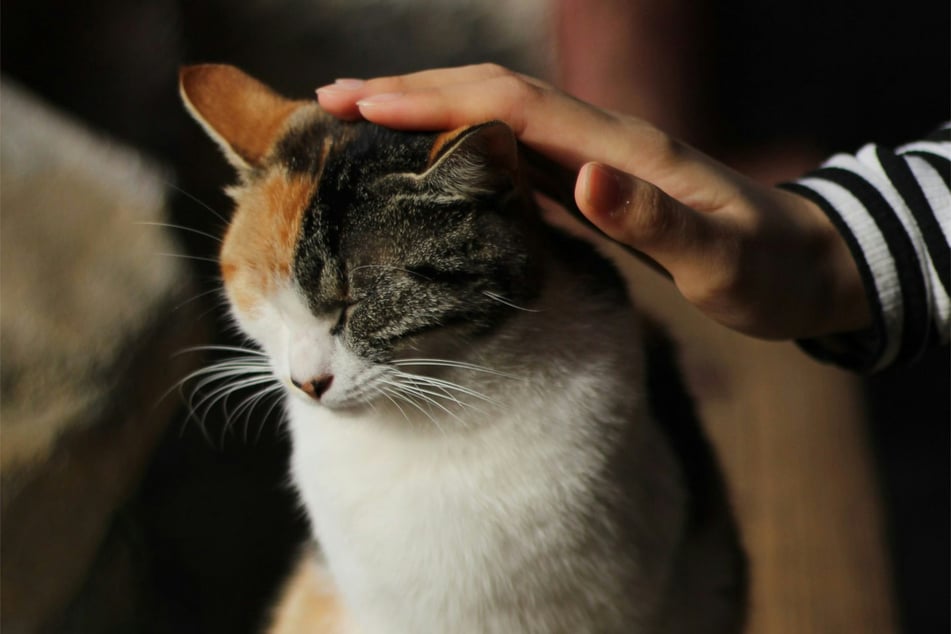
When your cat comes for a cuddle, it's looking for care and love, not discomfort and irritation. It is with this in mind that you should take a look at your cat's dangerous habit of lashing out when it gets pet backwards.
In many cases, such behavior can lead to a number of unnecessary and unexpected scratches and bites, but why might this be the case?
Why don't cats like being petted backwards, against the grain of their fur? Is it a simple matter of discomfort, or is something more serious and dangerous underway? Let's take a look!
Why do cats hate getting petted against the grain?
If you do something that makes another person uncomfortable, they're hardly going to be happy about it. In fact, if what you have done is particularly egregious, you may well find yourself on the receiving end of some pretty harsh words. When it comes to a cat, it's much the same situation – the thing with cats, though, is that they don't speak any words, so their reaction will be physical.
There are, ultimately, four reasons why your cat hates being petted backwards:
- A feeling of intense discomfort
- Stress caused by the interaction being unwanted and unpleasant
- Issues with your cat's skin, such as irritation or infection
- Changes in your cat's behavior causing moodiness
The way you pet your cat will have both a physical and psychological impact on the fluffy little dude. By petting your cat correctly, you will keep those reactions positive.
Important: Petting cats properly is not hard, but it does require a little bit of prior knowledge. If you have just adopted your first cat, you likely won't have that knowledge and may find yourself on the receiving end of some bites and scratches. Don't worry, that's totally normal, and we even have a guide on how to properly pet cats to help you out!
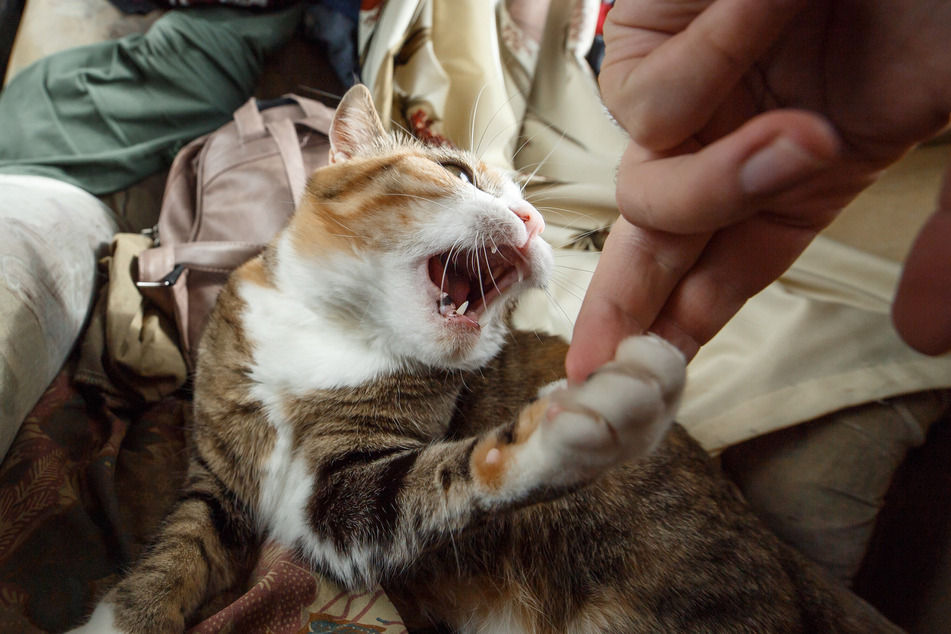
Discomfort
When a cat feels uncomfortable or threatened, it will lash out with its claws and teeth. The process of petting your cat's fur backwards is similar (though not precisely the same) to pulling on someone's hair, causing a small amount of pain and a significant amount of discomfort. As a result, cats dislike the sensation.
It's also important to mention how the coat of a cat is layered and organized. Similar to the way that a double-coated dog's fur sits on its skin, a cat has two different layers of fur. One is the outside coat, relatively light and sleek, and the other is a thicker but softer layer on the inside.
When petting your cat the wrong way, you disturb this layer, exposing it to the outside world and making your cat significantly uncomfortable and unhappy. This is due to the fact that it makes your cat feel vulnerable and at risk of exposure to the elements.
All in all, the most likely reason that your cat keeps attacking you when you pet it the wrong way is because it makes your feline friend feel very uncomfortable and can be extremely annoying.
Stress
As we just mentioned, your cat can feel a great deal of stress when petted backwards, as it ruffles up its fur and makes it feel vulnerable. Cats need safe environments and conditions that keep them calm and happy if they are to maintain their mental health and not become an overly-anxious kitty.
Unpleasant touches made in the wrong way and in the wrong context can also seriously damage your relationship if it happens often enough. You want your cat to love and trust you, and by consistently petting it the wrong way you will find it very hard to maintain that bond and may find yourself estranged from your fluffy little friend.
As a result, the stress caused by constantly petting your cat the wrong way can quickly cause your cat to avoid interactions in the future, making petting rare and inconsistent.
Skin irritation, hair loss, and injuries
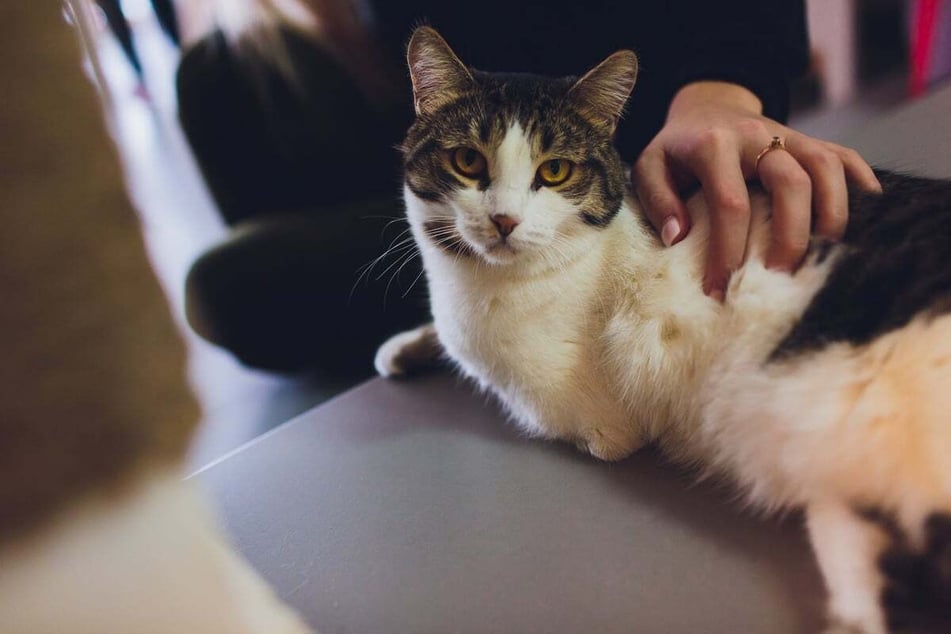
Due to the fact that petting a cat backwards ruffles up its fur and exposes its skin, if it has issues with its coat then it will be particularly angry about you petting it against the grain. Your cat's fur serves to protect it against the elements and world around it. As a result, any damage or sensitivity exposed by your bad behavior will not be taken kindly or patiently.
Here are the most common skin diseases in cats:
- Allergy-induced rashes
- Flea bites
- Hair loss
- Acne
- Mites
- Infected cuts and scratches (injuries)
- Tumors
- Scabies
- Mange
- Dermatitis
- Dry skin
Finally, petting against the grain can often expose injuries, open up sores, and hinder the healing process. All in all, just avoid doing it!
Changes in behavior
Due to the discomfort and anxiety that can be caused by petting cats against the grain, their behavior can quickly change. In the case of repetitive misbehavior on your part, your feline friend will quickly start to adjust its behavior and avoid situations in which it feels uncomfortable.
This is a self-perpetuating cycle, as your cat's increased distrust of you mixes with your constant habit of petting it the wrong way, causing increased aggressiveness and a feeling in your cat that it needs to defend itself against you. You may find that this aggression even extends to situations that have nothing to do with petting.
It's a combination of everything we have discussed – because your cat has grown increasingly uncomfortable with your petting, it has become even more averse to your touch and presence.
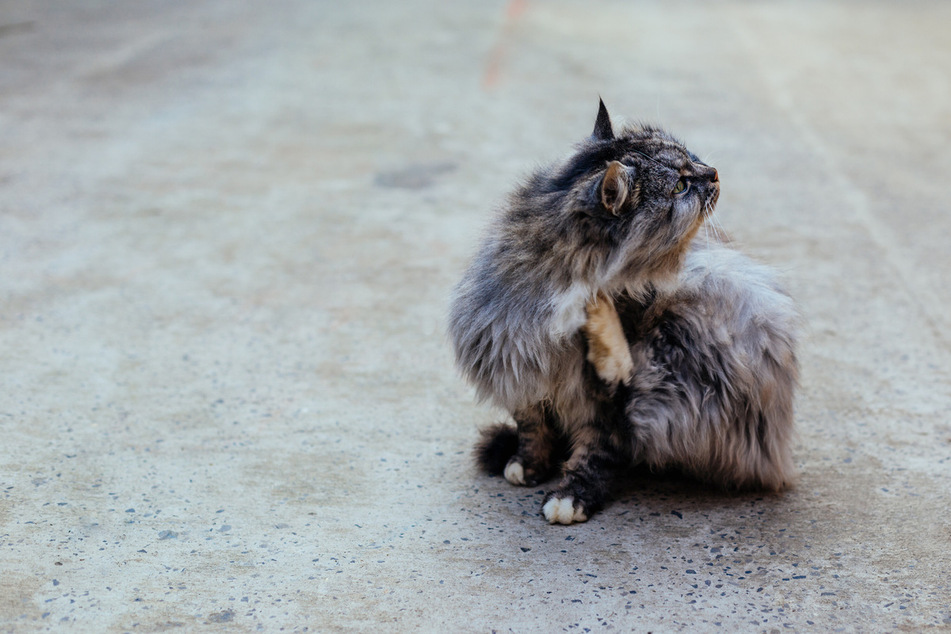
Cats get very uncomfortable when petted the wrong way
When you feel uncomfortable and a little bit annoyed, you're more likely to lash out at your friends, colleagues, and family, aren't you? Of course, that "lashing out" might not involve latching on to your cousin's leg, giving him a good kick, and seeking your teeth into his thigh, but we're not cats, so that's a moot point. Instead, the message is simple: Can you really blame your kitty?
A cat who is extremely uncomfortable and is being touched in an undesirable way is going to lash out, it's only natural. With time, you will be able to avoid such annoyance, but for now, petting your cat the right way is a good enough start.
Cover photo: Unsplash/Marta Markes

